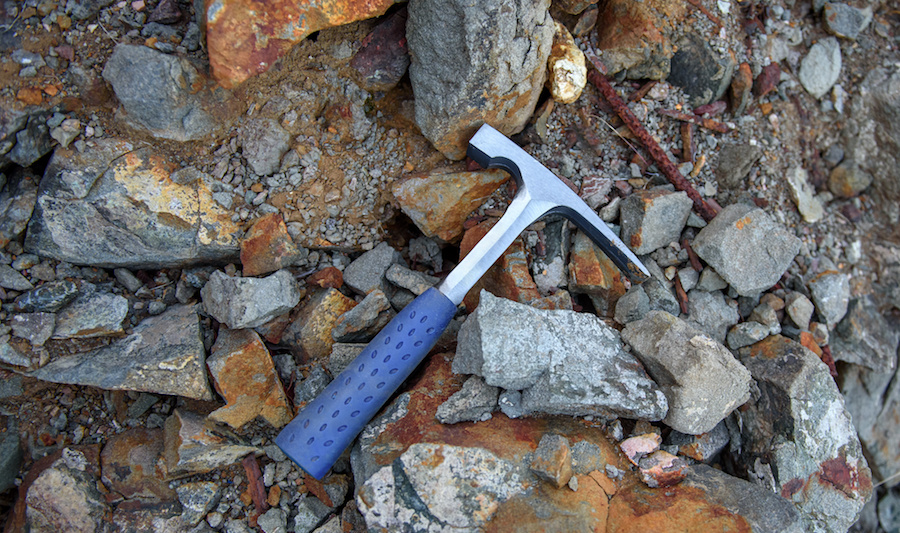
Investing in junior gold exploration companies can be a daunting proposition. The companies themselves, by the nature of their work, do not have revenues and applying valuation metrics such as price/sales or price/earnings is therefore usually not an option. Instead, gold explorers are focused on identifying promising projects and raising capital to support their efforts to advance a property from terra incognita to, ultimately, a producing mine.
The explorer’s skill set, however, is not in the development or operation of a mine, but rather the identification of where one might be. Once a resource has been proven, it will likely be taken over by a larger player with core expertise in development – a process that may take many years to come to fruition. Despite the challenges, investors can increase their chances of success by focusing on a few key characteristics when deciding where to invest.
Comments